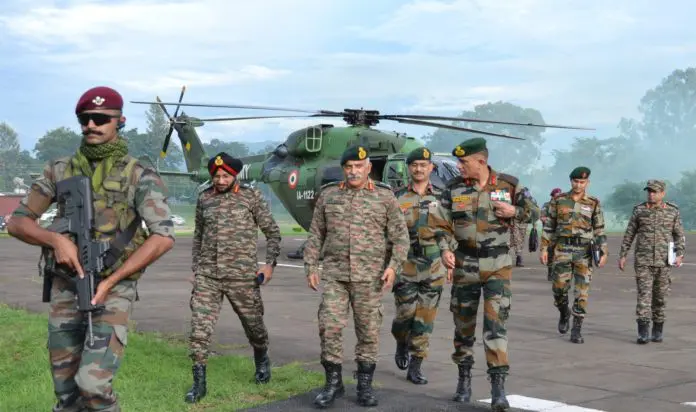The Indian Army, also known as the “Land Forces” of the Indian Armed Forces have played instrumental role in ensuring sovereignty of the nation and shaping her global stature. Let us discuss the history, diverse roles and functions of the Indian Army paired with their major contributions in this article.
Rich Legacy of Indian Army
Dating back to ancient kingdoms of Maurya, Gupta, Chola, Pandava empires, the roots of the Indian Army were nurtured by the valorous warriors who defended their lands. Fast forward to modern times , the defining moment came in 1947 when India gained independence, heralding the birth of the sovereign Indian Army. From the frozen peaks of the Himalayas to the scorching deserts, the Indian Army has stood as a bulwark, safeguarding the nation’s borders. Its soldiers drawn from every corner of the country embody the spirit of unity in diversity. In the face of adversity, the Indian Army has etched tales of bravery in wars with Pakistan and China becoming a symbol of courage. Beyond borders, it extends its hand in peacekeeping missions, promoting harmony on the global stage.
Saga of Great Leaders of Indian Army
There have been many leaders in the Indian Army who have played a significant rule in changing the course of history. However, some leaders who have left an indelible mark on the Indian Army are.
Field Marshal Sam Manekshaw
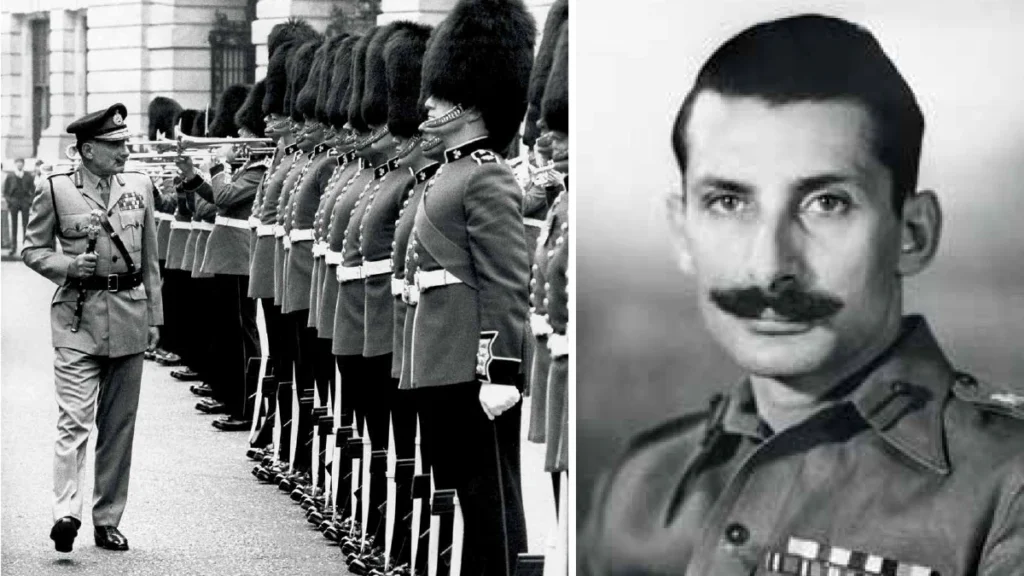
Known as the “Man of the Century,” Sam Manekshaw was the first Indian Army officer to be appointed as Field Marshal. He played a pivotal role in the 1971 Indo-Pak War, leading to the creation of Bangladesh. His strategic acumen and charismatic leadership earned him widespread admiration.
General K. M. Cariappa
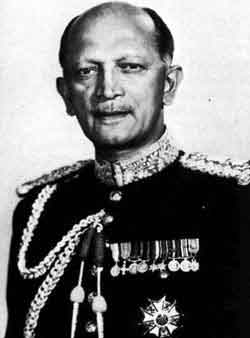
The first Indian Commander-in-Chief of the Indian Army after independence, General Cariappa was a distinguished military leader. He led the Indian forces during the 1947-48 Indo-Pak War and laid the foundation for the modernization and professionalization of the army.
General J. J. Singh
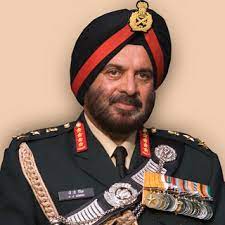
General Joginder Jaswant Singh served as the Chief of Army Staff and later as the Chief of Defense Staff making him the first officer to hold this prestigious position. He played a crucial role in modernizing the armed forces and enhancing jointness among the three services.
General V. K. Singh
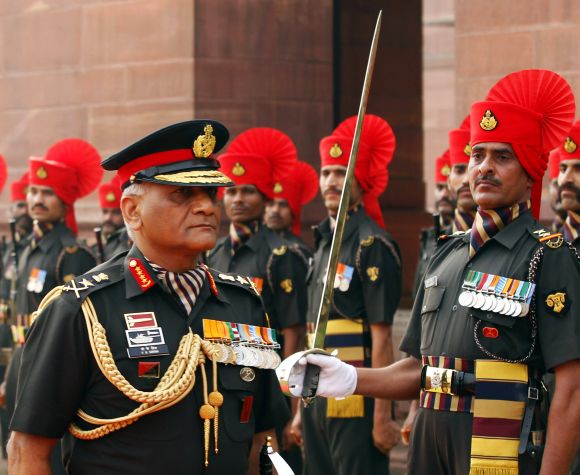
India’s newly appointed army Chief General Vijay Kumar Singh inspects the guard of honour after taking over the charge in New Delhi April 1, 2010. REUTERS/Adnan Abidi (INDIA – Tags: MILITARY)
General Vijay Kumar Singh served as the Chief of Army Staff and later as a Minister of State for External Affairs. He is known for his leadership during the military operations in Jammu and Kashmir and for his efforts towards army modernization.
Lieutenant General Jagjit Singh Aurora
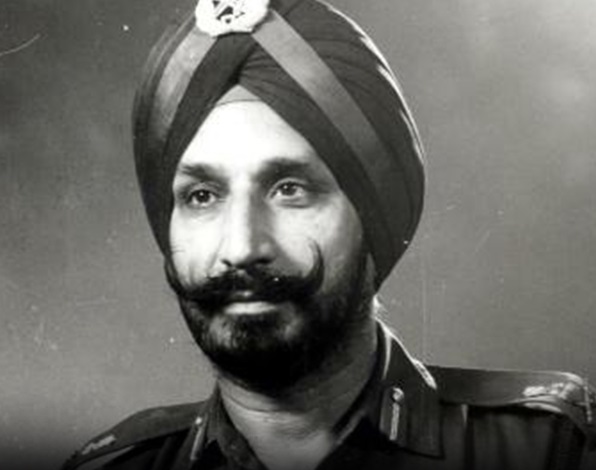
Lieutenant General Aurora was the commander of the Eastern Command during the 1971 Indo-Pak War. Under his leadership, the Indian Army achieved a decisive victory leading to the unconditional surrender of Pakistani forces and the creation of Bangladesh.
General Bipin Rawat
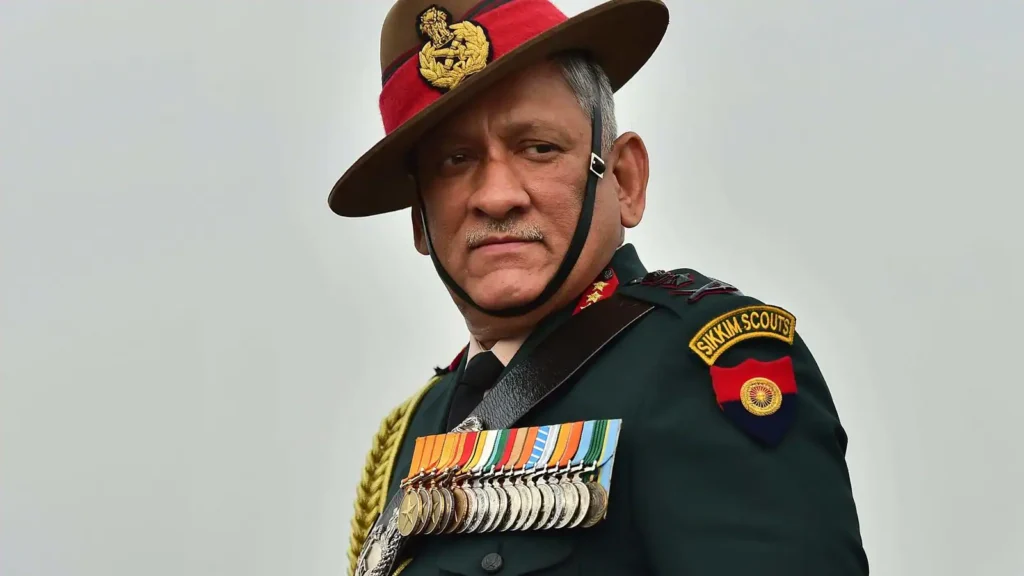
General Rawat served as the Chief of Army Staff before becoming the first Chief of Defense Staff, a newly created position to enhance coordination among the three-armed forces. His tenure focused on military modernization and adapting to contemporary security challenges.
Major General Ian Cardozo
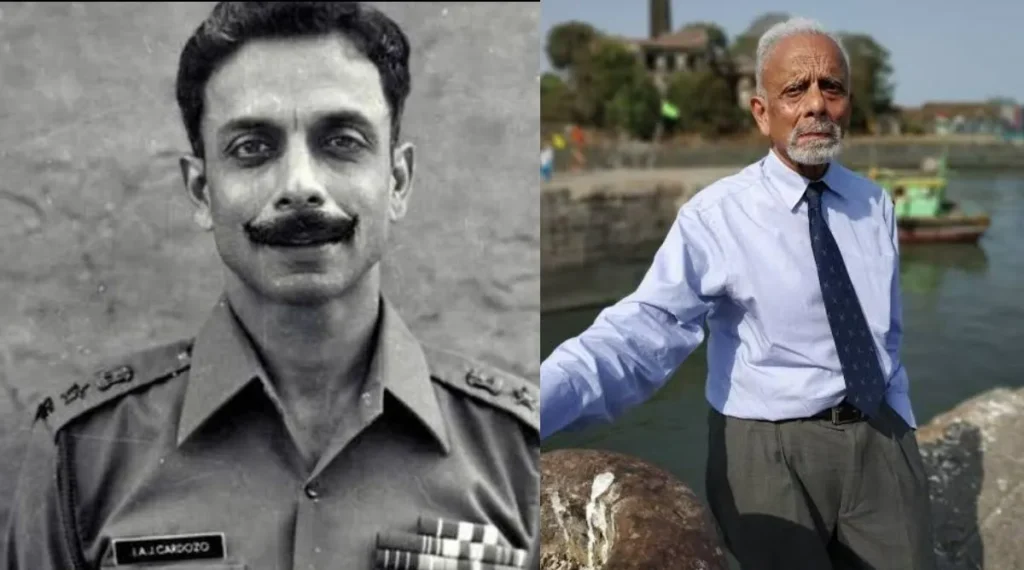
A highly decorated officer, Major General Cardozo is known for his indomitable spirit. He continued to lead his troops even after losing a leg during the 1971 Indo-Pak War, epitomizing courage and determination in the face of adversity.
Lt. Gen. Sagat Singh
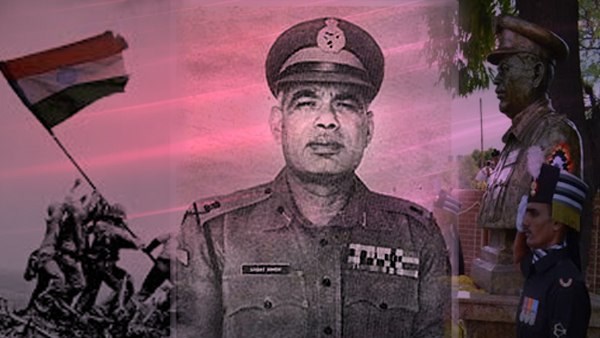
Lt. Gen. Sagat Singh was a prominent military strategist and a key architect of India’s victory in the 1971 Indo-Pak War. His leadership in the Eastern Theatre, especially in capturing Dhaka, Bangladesh was instrumental in the creation of a new nation.
Laurels of War Victory by Indian Army
The 1947-48 Indo-Pak War
The 1947- 48 Indo-Pak War, also known as the First Kashmir War was a watershed moment in the early history of independent India. Fought over the princely state of Jammu and Kashmir the conflict marked one of the first tests of the Indian Army’s mettle and its commitment to defending the sovereignty of the newly-formed nation.
The origins of the conflict can be traced to the partition of British India in 1947, which resulted in the creation of two independent nations, India and Pakistan. The princely state of Jammu and Kashmir, ruled by Maharaja Hari Singh became a contentious point between the two nations. In October 1947, tribal militias supported by the Pakistani army invaded the region, aiming to annex it into Pakistan. In response to the invasion, Maharaja Hari Singh sought assistance from India, leading to the signing of the Instrument of Accession formally integrating Jammu and Kashmir into India. The Indian Army was swiftly deployed to repel the invaders and defend the territorial integrity of the newly formed nation.
The Indian Army launched Operation Gulmarg to push back the tribal militias and secure the strategic Baramulla. The town, which had initially fallen to the invaders, was successfully recaptured by Indian forces. Poonch, a crucial town in the state, was besieged by Pakistani forces. The Indian Army undertook Operation to break the siege and successfully airlift supplies to the beleaguered defenders, showcasing innovative military strategies.
In the terrain of Zoji La, the Indian Army faced stiff resistance from Pakistani forces. Despite challenging conditions, Indian soldiers displayed tenacity and bravery securing the pass and maintaining the crucial link to Ladakh. As the conflict escalated, Pakistan approached the United Nations, leading to a ceasefire in December 1948.
The war showcased the Indian Army’s ability to adapt to challenging circumstances, fight against well-armed invaders and defend the nascent nation’s territorial integrity.
1962 Sino-Indian War
The 1962 Sino-Indian War remains a pivotal chapter in the history of both nations, shrouded in complexities and often viewed through different lenses. It is crucial to revisit the events with a nuanced understanding, highlighting the resilience and valour demonstrated by the Indian forces during this challenging period.
The roots of the conflict can be traced back to undue aggression by China, primarily centred around the Himalayan region. The McMahon Line established by the British in 1914 was a major point of contention, with China asserting claims over territory in the eastern and western sectors. It is essential to acknowledge the commitment of the Indian Army, which displayed unwavering dedication to defend the nation’s borders.
One of the most poignant tales of courage emerged from the Battle of Rezang La. The outnumbered Indian troops, primarily from the 13th Kumaon Regiment, fought valiantly against the Chinese forces. Despite overwhelming odds, the soldiers held their ground and the sacrifice of those who laid down their lives stands as a testament to their bravery.
In the Ladakh sector, Indian forces at Chushul displayed remarkable resilience. The defenders, bought crucial time for the evacuation of civilians.
In the eastern sector, Indian forces in the Walong and Kameng sectors put up a spirited defense. The soldiers exhibited determination and fortitude in the face of adversity.
The 1965 India-Pakistan War
Fought over the regions of Jammu and Kashmir, the conflict showcased the valour and determination of the Indian armed forces. Tensions had been escalating between India and Pakistan over the Kashmir issue, with Pakistan illegal claim over the Kashmir. The catalyst for the war was the infiltration of Pakistani soldiers and militants into the Indian territory of Jammu and Kashmir, prompting a robust response from the Indian Army.
In the early days of the conflict, the Battle of Chhamb witnessed fierce fighting. Indian forces, facing a determined Pakistani offensive managed to repel the attack and secure the vital town of Akhnoor.
Pakistan’s Operation Gibraltar aimed at infiltrating militants into Jammu and Kashmir to incite a local uprising. However, the Indian Army’s vigilance thwarted these efforts and the conflict escalated into a full-scale war.
In the western sector, near the town of Khem Karan the Battle of Asal Uttar became one of the largest tank battles since World War II. The Indian Army, with innovative tactics and determined resistance, decimated Pakistani tank divisions, gaining a significant strategic advantage.
India-Pak 1971 War
The roots of the 1971 war lie in the political turmoil in East Pakistan (now Bangladesh), marked by human rights abuses and a struggle for autonomy. The situation escalated, leading to widespread violence, a flood of refugees and eventually military intervention by India. The Indian armed forces, led by Chief of Army Staff General Sam Manekshaw, demonstrated meticulous planning and exceptional readiness. The military strategy involved liberating East Pakistan and ensuring the safety of its inhabitants.
The Indian Navy executed a daring naval campaign, crippling the Pakistani Navy through stealthy attacks. The success of Operations Trident and Python effectively neutralized Pakistan’s naval capabilities. The Indian Air Force (IAF) executed strategic and precise air strikes, achieving air superiority.
On the ground, the Indian Army launched simultaneous offensives on the eastern and western fronts. The decisive Battle of Longewala in the west and the swift advances in the east demonstrated the army’s tactical brilliance and determination.
The war culminated in the surrender of Pakistani forces on December 16, 1971 with over 90,000 Pakistani soldiers laying down their arms. The Instrument of Surrender signed in Dhaka marked the birth of Bangladesh.
Siachen War (1984)
The Siachen Glacier, known as the highest battlefield on Earth became a contentious zone in 1984 when India launched Operation Meghdoot to pre-empt Pakistani attempts to occupy the glacier. The strategic importance of Siachen, situated between the borders of India, Pakistan and China made the region a hotspot for potential conflict. Facing harsh weather conditions and treacherous terrain, Indian soldiers exhibited unparalleled courage as they secured key heights and defended the glacier. The Siachen War demonstrated the Indian Army’s ability to operate in extreme environments and its commitment to safeguarding territorial integrity.
Kargil War (1999)
The Kargil War unfolded in the heights of the Himalayas when infiltrators from Pakistan crossed the Line of Control (LoC) into Indian territory in Kargil. The incursion sparked a full-fledged conflict as Indian forces launched Operation Vijay to evict the intruders. The Kargil War showcased the Indian military’s versatility, as the Indian Air Force played a crucial role in aerial operations, while the Indian Army executed daring ground manoeuvres to recapture strategic positions. The conflict highlighted the need for vigilance along the border and reinforced the importance of maintaining a strong defense posture.
Future Horizons for the Indian Army
In conclusion, the Indian Army has played a pivotal role in shaping the nation’s history through its involvement in various wars and conflicts. From the struggles of independence to the challenges posed by neighbouring nations, the army has consistently demonstrated valour, resilience and a commitment to safeguarding the nation’s sovereignty. Over the years, the Indian Army has evolved in response to changing geopolitical dynamics, investing in modernization and technological advancements. The commitment to maintaining a credible deterrence is evident in its operational capabilities, ranging from specialized units to state-of-the-art weaponry. As the Indian Army marches into the future, it continues to adapt to emerging threats, emphasizing research, development and international collaboration. The legacy of the Indian Army is a testament to the dedication of its soldiers and officers, embodying the spirit of “Service Before Self” and standing tall as the guardians of the nation.

